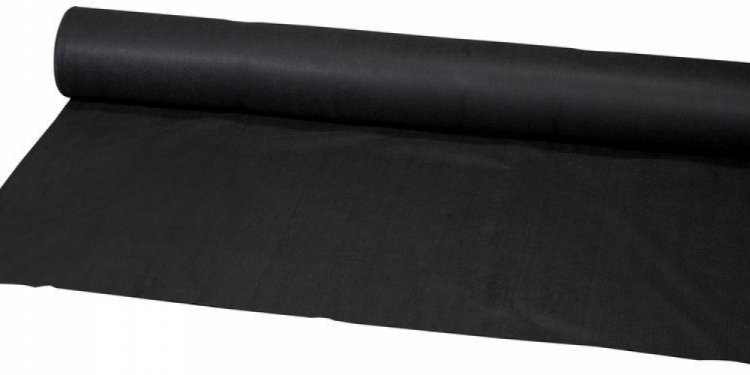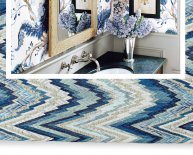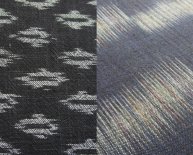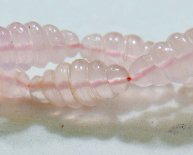
Woven filter fabric
Monofilaments are woven geotextiles that offer a combination of high strength and excellent hydraulic characteristics. Woven Monofilaments are made from extruded monofilament (like fishing line) yarns woven into a screening. Often times they are calendared, meaning a finishing heat is applied as it comes off the loom. These are mainly used as filter fabrics in marine applications with fine grain sands, such as seawalls or bulkheads and shoreline rip-rap applications; or under bedding stone in highway rip-rap applications.
- High Strength
- Excellent Hydraulics
- High Percent Open Area
- Resist Clogging
These particular woven geotextiles have a high Percent Open Area (POA). Percent Open Area is the area of distinct, uniform and measurable openings in a filter fabric. The high POA of a monofilament woven geotextile assures that both water and problematic soil particles have direct paths through the fabric.
Nonwoven, woven slit-film and combination fabrics have little or no Percent Open Area compared to a woven, monofilament geotextile and therefore often trap soil particles and clog.
Why Geotextiles Become Clogged

To determine when a geotextile becomes clogged, a gradient ratio test is performed. Gradient ratio is defined as the ratio of the average hydraulic gradient across the fabric and the 1" of soil immediately next to the fabric, to the average hydraulic gradient across the 2" of soil between 1" and 3" above the fabric.
The US Army Corps of Engineers determined that if a gradient value exceeded 3, the fabric is considered clogged. Tests were conducted to determine what geotextiles resisted clogging, based on the gradient ratio. The results of 6 types of geotextiles are presented in the graph to the right. Take note of the performance of the woven, monofilament geotextiles.
(Evaluation of the U.S. Army Corps of Engineers Gradient Ratio Test for Geotextile Performance The Second International Conference on Geotextiles, Las Vegas, U.S.A. 1982 )















